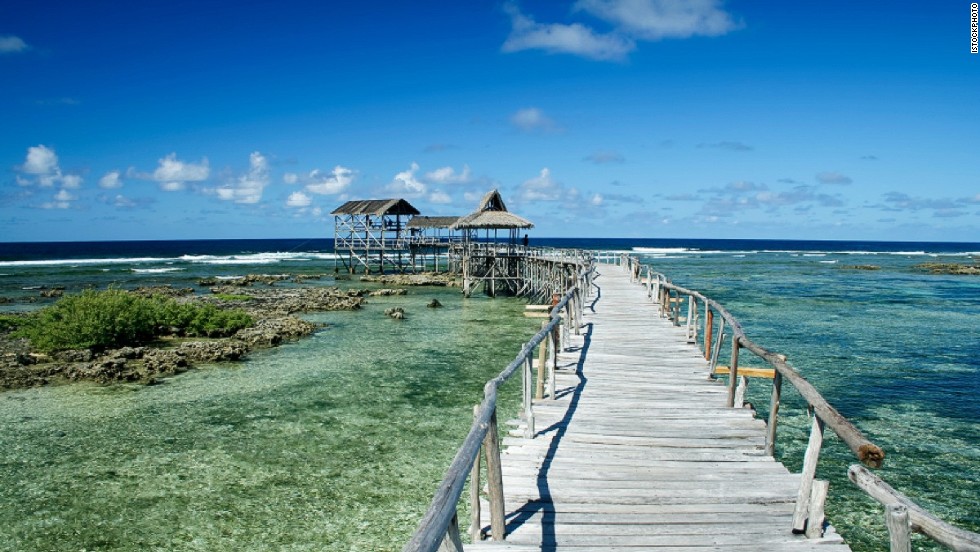The tourism sector’s contribution to the economy, as expressed in the gross domestic product (GDP), expanded to 12.7% in 2019, from 12.3% in 2018, latest government data show.
The tourism direct gross value added (TDGVA) amounted to ₱2.48 trillion in 2019, up from ₱2.24 trillion in 2018, according to the Philippine Statistics Authority (PSA). The TDGVA refers to that part of gross value added generated by tourism industries and other industries of the economy that directly serve visitors in response to internal tourism consumption, the sum of spending by foreign and domestic tourists.
In terms of employment, the tourism sector employed 5.7 million individuals, up 6.5% from 2018. This accounted for a 13.5% share in total employment in the country, from 13% in 2018.
In a viber message to the BusinessMirror, Tourism Secretary, Bernadette Romulo Puyat underscored the remarkable rise in contribution of the tourism sector to the economy as a reason her agency continues to press for increased financial assistance to its stakeholders.
“As we safely and gradually reopen the country to tourism, we hope to strongly regain its share in growing the economy. But our stakeholders cannot do the job alone, without the stimulus funds that can save their jobs. We hope our lawmakers can listen to the pleas of our 5.7 million tourism workers who need their help.”
The tourism sector is one of worst hit by Covid-19, with tourism arrivals falling by 62.21% to 1.3 million from January to May this year. Inbound tourism receipts similarly plunged by 60.6% to ₱81.05 billion.
The House of Representatives on June 4 approved House Bill No. 6815, or the Accelerated Recovery and Investments Stimulus for the Economy of the Philippines (ARISE Philippines), under which the tourism sector will be allocated ₱58 billion in financial aid in the form of working capital loans extended through government banks.
The PSA data reflects revisions made in the Philippine Tourism Satellite Accounts with the adjustment in base year to 2018 as the base year, instead of 2000.
Romulo Puyat has been working with local government units with zero or very few Covid-19 cases to help them open up to domestic tourists first, then to international tourists from countries with zero infections as well.
Citing the latest PSA data, she pointed out that while inbound tourism expenditure, or the amount spent by foreign tourists in the country, grew by 23.2% to ₱548.76 billion in 2019, domestic tourism expenditure rose by 10.4% to ₱3.14 trillion in 2019.
Stressed the DOT chief, “₱3.14 trillion spent by domestic tourists is nothing to sniff at!”
22% of Household Spending
According to the PSA, the Filipinos’ spending on domestic trips and vacations now account for 22% of their household’s total expenditure, compared to 21.5% in 2018, and just 9.2% in 2010.
Prior to the lockdown on March 16, the Department of Tourism, along with tourism stakeholders, had been working on a domestic tourism campaign to cushion the impact of Covid-19 on the economy.
“We were implementing a program just before [the community quarantine], wherein we managed to get very good rates from our provincial and regional suppliers [of airfare, hotels and tours]. That was really meant for the domestic market. So we feel that this is now a good time to revisit and to do that again once the restrictions are lifted,” said Tourism Congress of the Philippines President Jose C. Clemente III in a recent webinar.
A recent domestic sentiment survey by Chroma Hospitality and the Filinvest Hospitality Group showed Filipinos were comfortable to travel within six to 12 months, with Millennials and those from Generation X leading the pack. Among their top leisure destination choices were Boracay, Palawan, Cebu.

